What grade level is this book
How to Determine the Reading Level of a Book
This content contains affiliate links. When you buy through these links, we may earn an affiliate commission.
Fountas and Pinnell, Lexile Level, Primer, Pre-primer, Beginning Reader are all terms you may have heard if you have a young reader in your house. Seriously, what does it all mean? Is there actually a way how to determine the reading level of a book? If your child can read The Cat in Hat, which is a level J in Guided Reading, can she independently tackle Diary of a Worm, which has a Lexile Level of 510L or is she ready for Keena Ford and the Second Grade Mix-Up, even though that one has a DRA of 30?
Through this post, I am going to attempt to elucidate and explain reading levels. So scroll through to find the system that your child’s teacher uses or pour yourself a large cup of coffee and sift through all of the various ways educators, librarians, and book publishers level and categorize books for young readers.
Reading Levels Are Like Starbucks Sizes
I admit, I don’t visit Starbucks unless I have a gift card. I am also that person who goes to Starbucks and still tries to order a large iced tea. The barista calmly asks if I would like a venti or a trenta and then explains that I need to choose between Passion Tango, Matcha Green, or Guava White Tea. Then comes the question of sweetened, unsweetened, or added lemonade.
For the young reader, finding a book that can be read independently can be as tricky as remembering all of the variables in a Starbucks order. Little readers who are not familiar with reading levels or taught to find a “good fit book” often go for books that are too easy and boring, too difficult and frustrating, or, like my kindergarten son, books that have too many unreadable Star Wars planet names like Kashyyyk. If a child knows her reading level, she can find books that contain sight words she knows, plot lines that are not too advanced, and vocabulary that is manageable.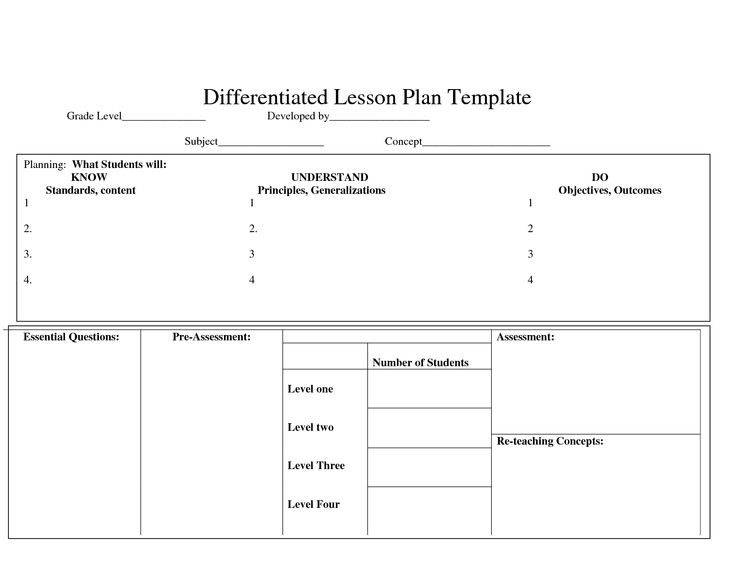
Explain the Levels, Please
There are many different ways that books are leveled. Here are the three most popular methods for how to determine the reading level of a book.
Developmental
Children become readers by moving through different developmental reading stages. These stages range from the emergent pre-reader to the expert fluent reader. Typically, the emergent pre-reader is between six months and six years of age, while the expert fluent reader is 16 years and older. The developmental categories are broader categories than many of the other leveling systems.
Letter Levels
When I taught first and second grade, I found letter levels to be the most kid friendly way to organize a classroom library. If your child’s school levels books using Fountas and Pinnell, Reading A-Z, Scholastic Books, or Guided Reading Levels, then books will be leveled using a letter system. While it would be nice, these leveling systems do not always correlate. A book that is a Reading A-Z Level P, is not always a Level P using the Guided Reading Levels.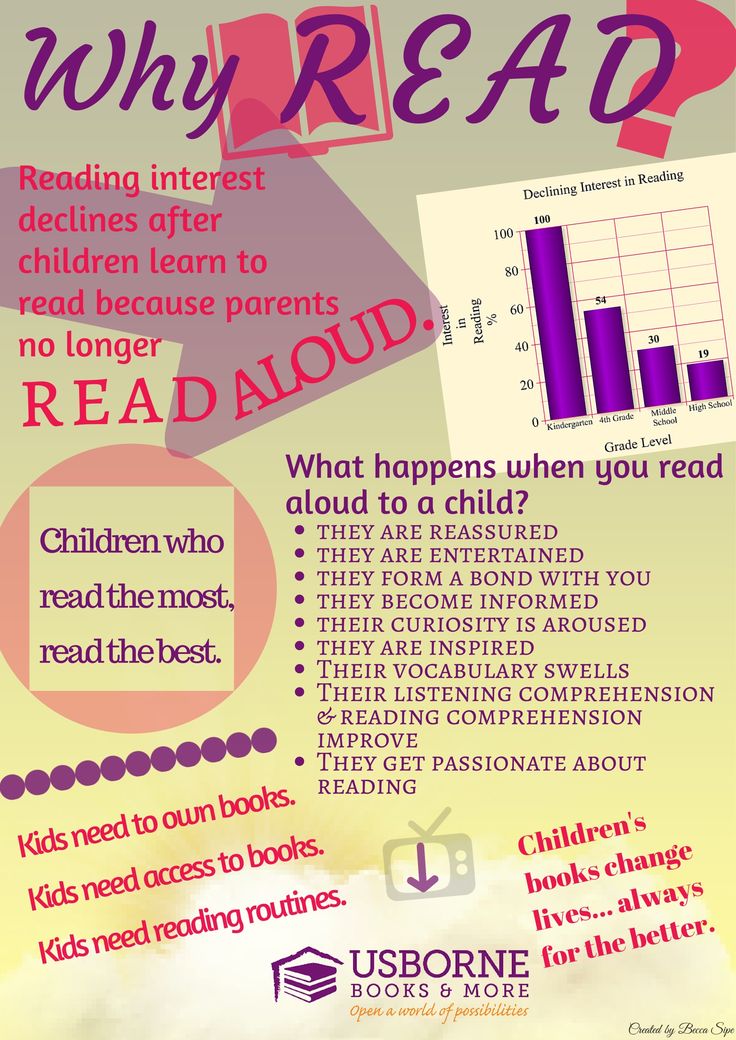
Number Levels
Books can be leveled through such systems as Lexile Numbers, The Direct Reading Assessment (DRA), and Reading Recovery. These systems measure texts by complexity and a reader’s skill level and then assign a number.
I Have My Child’s Reading Level, Now What?
Throughout the school year, your child’s teacher will probably perform reading inventories or assessments with your child. These will determine your child’s reading level.
If you homeschool or your child’s school does not use leveled reading, then use a simple test called the “five finger test” to roughly determine your child’s reading level. Have your child choose a book and open to the second page. Ask your little one to read the text out loud. If your child struggles with independently reading five or more words on that page, the book is too difficult and is not a good fit. You should also ask some comprehension questions to make sure that your young reader understands what she is reading.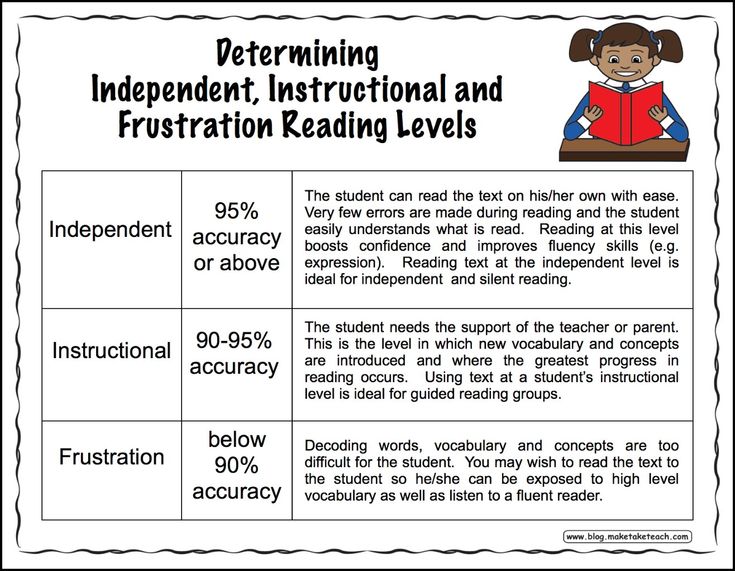 When a book passes the five finger test, use one of the links below to determine that book’s reading level.
When a book passes the five finger test, use one of the links below to determine that book’s reading level.
Once you have the reading level, take a look at these five helpful websites, apps, and charts that will help you and your child find or level the perfect book:
- Book Wizard : Type in the title of a book to retrieve the Guided Reading Level and grade level.
- Lexile Find-a-Book :Visit this site to find the Lexile Number for a specific book or to generate a list of books with a particular Lexile Number.
- Reading A-Z Level Correlation Chart : This is the best conversion chart out there for reading levels.
- Reading Levels Explained : Check out this very clean and user friendly site if you are still feeling overwhelmed by all of the reading level systems.
- Literacy Leveler app : Download this app and then use it to scan a book’s ISBN to see its Lexile, DRA, and GRL.
Levels Should be Helpful, Not Stressful
Reading levels should not feel restrictive.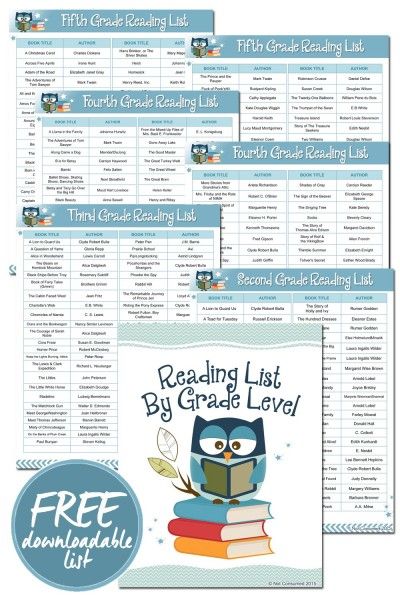 They should be used as helpful tools and not as a draconian system that kills the love of reading. Encourage your child to read books on her level, but don’t be upset if she chooses to reread an old favorite or picks up a nonfiction book that has some advanced vocabulary. Imagine how horrible it would be if adults had to always adhere to a reading level. I am well aware of the fact that some of my beach reads are probably a fourth grade reading level, with a Guided Reading Level of Q, 820L, and DRA of 40. I may not always be challenged as a reader, but it is still fun to sip my trenta Passion Tango unsweetened iced tea and enjoy a book simply for the fun of reading.
They should be used as helpful tools and not as a draconian system that kills the love of reading. Encourage your child to read books on her level, but don’t be upset if she chooses to reread an old favorite or picks up a nonfiction book that has some advanced vocabulary. Imagine how horrible it would be if adults had to always adhere to a reading level. I am well aware of the fact that some of my beach reads are probably a fourth grade reading level, with a Guided Reading Level of Q, 820L, and DRA of 40. I may not always be challenged as a reader, but it is still fun to sip my trenta Passion Tango unsweetened iced tea and enjoy a book simply for the fun of reading.
Need some books to practice leveling? Help yourself to 50 Must-Read Books for Beginning Readers, 20 Must-Read Books for First Graders and Second Graders, The Best Chapter Books for Kids: Engaging with Words, and 70 Must-Read Books for 3rd Graders.
How To Determine Reading Level Of A Book
Learning how to determine reading level of a book helps you find appropriate books for your child and challenge their abilities.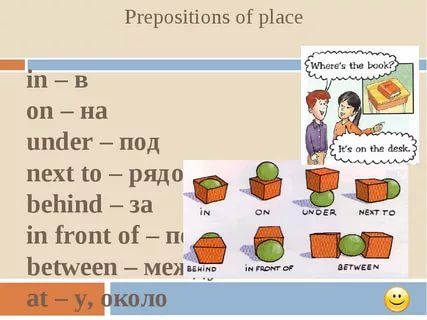
When choosing children’s books, the reading level of the book can be pretty important. You want to challenge children to read a bit higher than they think they can while not discouraging them with books that are too difficult.
Whether you have beginning readers or advanced readers in your life, learning how to determine the reading level of a book is a valuable tool. Thankfully, parents and educators have a number of tools available to help them.
This guide will discuss what reading levels are, how to find them and how you can ensure that the books you offer are suitable for the children in your life.
Contents
- Tips on How To Determine Reading Level Of A Book
- What is Reading Level?
- Why Reading Level is Important
- Reading Level and Interest Level
- Common Measures for Reading Levels
- Tools to Find the Reading Level of a Book
- A Final Word on How to Determine Reading Level of a Book
- FAQs About how to Determine Reading Level of a Book
- Author
Tips on How To Determine Reading Level Of A Book
So how can you determine the reading level of a book? Before delving into the tools available to help you find a book that your child can read, first, you must understand what reading level is.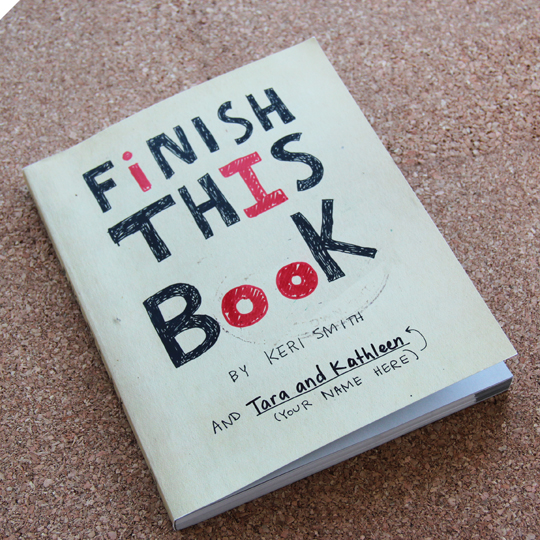
What is Reading Level?
The reading level of a book determines how well a child can read it independently. Unfortunately, reading level is often confused with grade level, so a book with a fourth-grade reading level is designed with vocabulary and syntax that the average fourth grader can understand.
However, it is not always as simple as picking a book that is leveled at your child’s grade level. Your child’s teacher can tell you that students fit into a wide range of levels, even within the same classroom.
As your child’s reading skills develop, you’re going to need to find reading materials that match. Knowing how to read reading levels will help.
Why Reading Level is Important
Children who are learning to read need to have a text they can read successfully. If text is too easy, the child gets bored. If the text is too hard, the child gets frustrated.
This balance is where the reading level helps. Finding a book that matches your child’s abilities and interests will encourage successful reading, and reading level is key to that.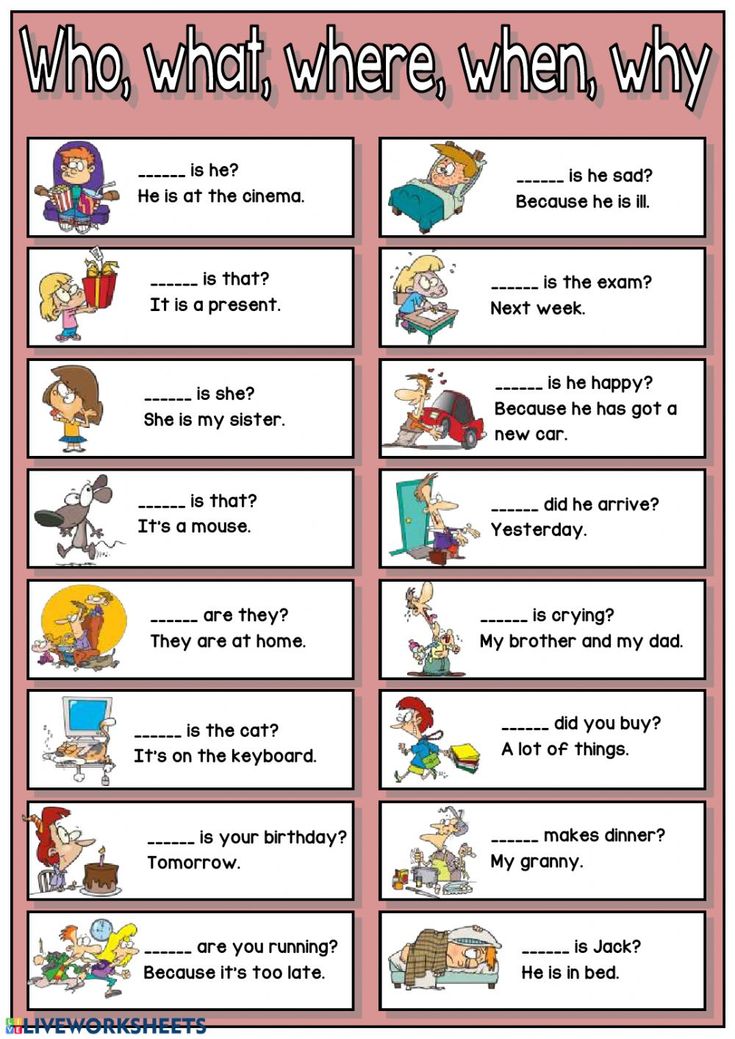
Reading Level and Interest Level
Adding interest level to your decision-making will help guide you to the books they will be most interested in readingAnother benchmark you can check into is interest level. This metric shows how interesting a particular book is likely to be to your child based on their age or grade level.
If a child is particularly behind or advanced in reading level, finding books they want to read but match their reading level becomes more challenging. Adding interest level to your decision-making will help guide you to the books they will be most interested in reading.
Common Measures for Reading Levels
Many tools measure reading levels. As you learn how to determine the reading level of a book, you will find that these tools make the job a lot easier, so you can find a book that fits the child’s reading level. Here are some popular reading systems to consider.
1. Fountas-Pinnell Guided Reading Level
Fountas and Pinnell created the Guided Reading Level. This leveled reading system assigns a level to individual books. Factors that impact that level include repetition of words, the complexity of sentences, and sentence length.
This leveled reading system assigns a level to individual books. Factors that impact that level include repetition of words, the complexity of sentences, and sentence length.
This program uses specialized reading lists with books that already have a grade level measure.
2. Grade Level Equivalent
The Grade Level Equivalent leveled reading system assigns an actual grade level to the book based on what students typically can read at a particular stage of their education. This metric is labeled with a decimal point, where the first number is the grade level, and the number after the decimal point indicates the number of months into the school year the student would be. So, a score of 2.1 means second grade one month into the school year.
For parents that are new to reading levels, this can be a helpful metric as it shows a level they can easily relate to their student’s age and grade. However, parents need to realize that students develop their reading abilities at different speeds, so any particular child may read at, above, or below the published reading level.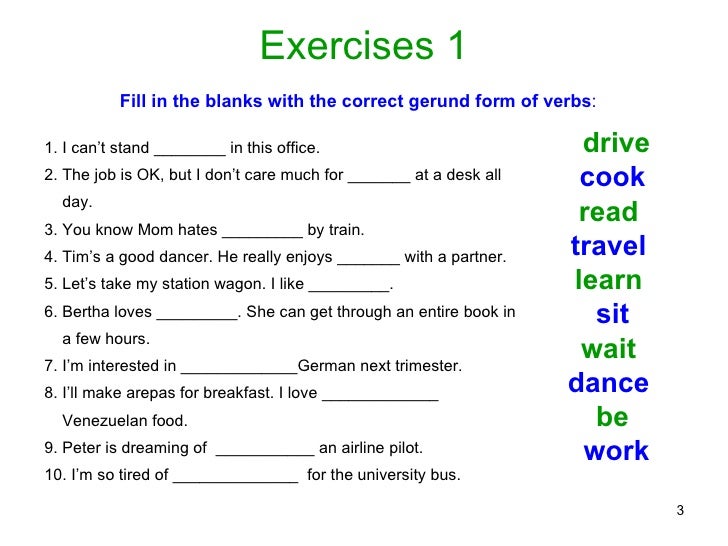
3. Developmental Reading Assessment
The Developmental Reading Assessment, or DRA, assesses a child’s reading ability through a reading test. It then gives the student a score based on that test. Factors it checks include:
- Phonemic awareness
- Alphabetic principles/phonics
- Fluency
- Vocabulary
- Comprehension
- Reading engagement
Books are given corresponding scores based on text complexity and vocabulary. Thus, teachers and parents can easily connect students to books that fit their abilities after taking the test by lining up the test scores with the scores of the book.
4. Lexile Framework for Reading
The Lexile Framework is a National Institute of Child Health and Human Development metric. It uses Scholastic Inventory Test scores to evaluate text and determine what reading level it is.
To use the Lexile Framework, students must take a standard test or the Scholastic Reading Inventory (SRI). This then matches them with a reading level that matches their ability.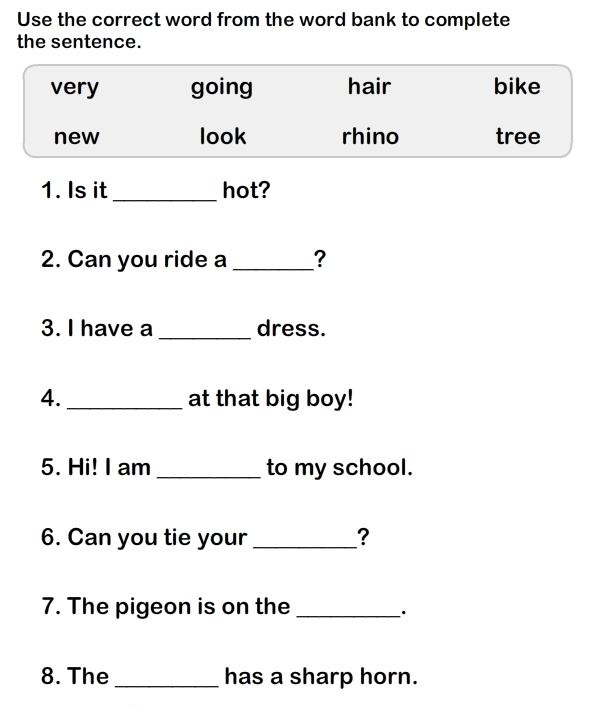
You can look up the Lexile level of a book online on the Lexile website.
5. Accelerated Reader Book Levels
Accelerated Reader is a complex readability formula that rates text complexity. It uses grade level ratings to indicate what year and month a student could read a book independently.
Accelerated Reader is different from straight grade level equivalents because it uses interest level as well. This indicates if the content of a book is age-appropriate for the particular grade level.
Tools to Find the Reading Level of a Book
Understanding the different reading tests and reading level measures is important, but it does not help you learn how to determine the reading level of a book when your child wants to read something. Thankfully, you have several tools at your disposal to help.
1. Scholastic’s Book Wizard
Scholastic offers a book wizard tool that has over 65,000 children’s books in the database. You can search using the title and author to find an individual book’s reading level. If you are looking for recommendations for your child, you can search by reading level, subject, grade level, or genre and get a list of suggestions.
If you are looking for recommendations for your child, you can search by reading level, subject, grade level, or genre and get a list of suggestions.
2. Renaissance ATOS Analyzer
If you can’t find your book or text in another tool, you can copy a portion of the text into the ATOS Analyzer to see how it rates. This tool uses a readability formula to tell you how easy something is to read. It also merges with the Lexile measure, so you can search for individual books if they are in the database.
3. Lexile Look Up
Lexile’s online tool lets you search for a book by its ISBN. Just enter the number on the Quick Book Search to see if it is in the database. The website also allows you to look at a list of books based on your child’s reading level.
4. Accelerated Reader Search Tool
The AR search tool lets you search for a particular book’s readability, Lexile level, and interest level. It reports a grade level based on whether or not a child will be challenged in the reading but not frustrated.
5. Correlation Chart
The Correlation Chart is part of the State of Washington public library system. It lets you find the reading level of a book, then use the tool to compare that to the reading level in another measurement. If you are looking for a specific measure but know another one, this tool can help you compare.
A Final Word on How to Determine Reading Level of a Book
Reading levels help you choose books for your child that fit their interests and abilities. You can avoid frustration and boredom by selecting appropriate books. Using reading levels also encourages more independent reading, especially with young readers.
Parents can sometimes struggle with finding reading levels for different books, but using a book’s ISBN, you can search in several tools that have book lists based on reading level. Using these tools and asking your child’s teacher what their current reading level is will allow you to choose the right reading material for your child.
FAQs About how to Determine Reading Level of a Book
How to find the reading level of a book?
Using different tools, such as the Scholastic Book Wizard or the Accelerated Reader Search Tool, you can learn the reading level of many children’s books to help you choose appropriate reading options for your child.
How to determine my child’s Lexile reading level?
If your child is at school, they will be tested each year under their standardized testing program. This testing will give your child a Lexile reader measure. Simply ask your child’s teacher or check their standardized test score report to learn your child’s measure.
Join over 15,000 writers today
Get a FREE book of writing prompts and learn how to make more money from your writing.
Powered by ConvertKitAuthor
10 tips on how to write a book
Aspiring Writers' Guide
If you want to create strong texts or dream of writing a book - whether you are a novice blogger or an experienced author - remember: it is better to learn from word masters.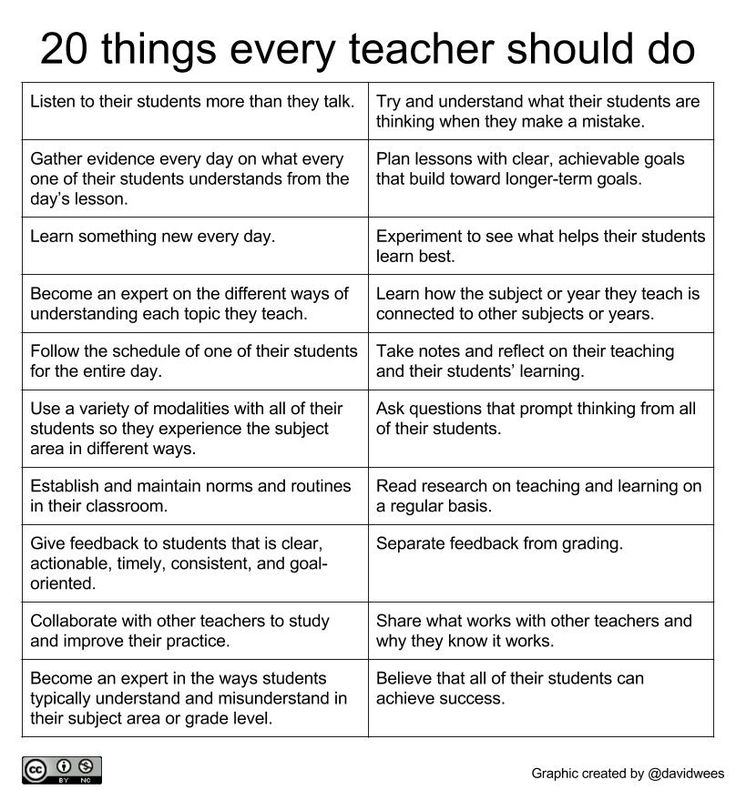 We chose tips from ten great books on writing. You will learn how to deal with creative stagnation and uncertainty. Why read books and not copy the style of the greats. The tips are suitable for both future authors and those who simply love great texts. nine0003
We chose tips from ten great books on writing. You will learn how to deal with creative stagnation and uncertainty. Why read books and not copy the style of the greats. The tips are suitable for both future authors and those who simply love great texts. nine0003
1. Write in small portions (from Bird by Bird)
It often happens like this: you are plotting an autobiographical novel about your own childhood, or a play about the life of immigrants, or a treatise about ... well, let's say, the role of a woman in history. But tackling it right away is like climbing the slope of a glacier. Feet slip, fingers turn red, freeze, blood oozes from wounds. Then, from the depths of the subconscious, all your nervous breakdowns come to visit and sit around the table. Don't give them power. nine0003
“I breathe slowly and deeply — and finally I notice a five by eight centimeter photo frame, which I have specially placed on my desk to remember about small doses. The frame reminds me: I need to write a piece.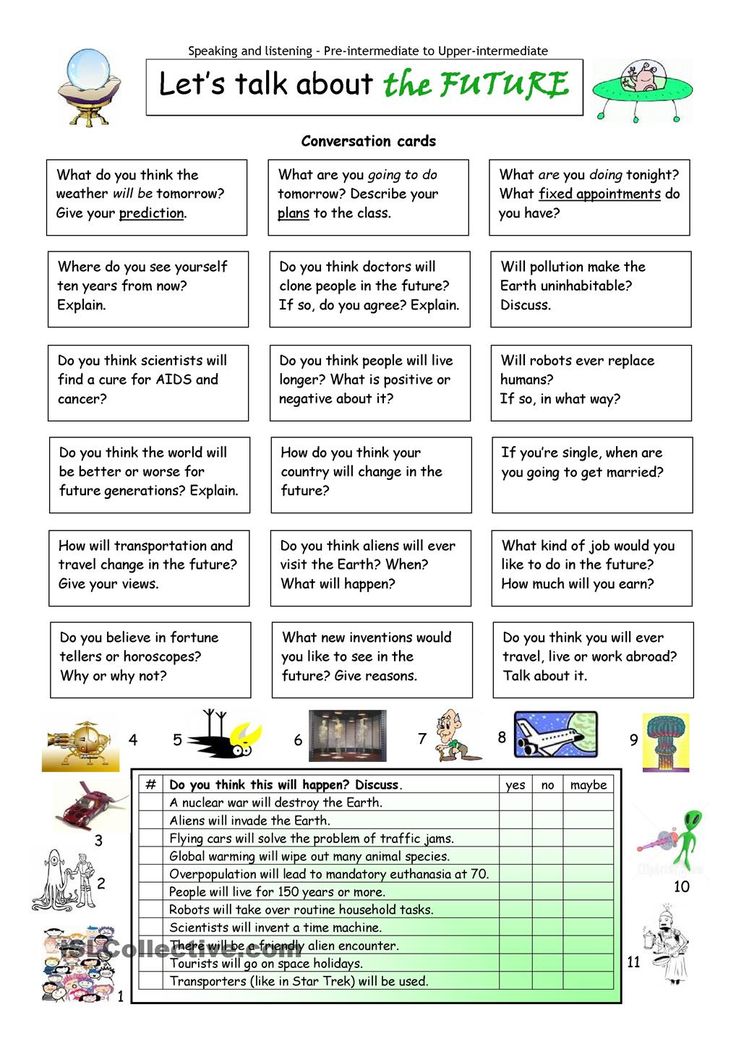 Small, like a five by eight photograph. That's all for today. Right now, for example, I will write only one paragraph about the place and time of the action" Ann Lamott.
Small, like a five by eight photograph. That's all for today. Right now, for example, I will write only one paragraph about the place and time of the action" Ann Lamott.
Say to yourself softly and affectionately: “My joy, we will just write about the river at sunset or about the first date. nine0015 That's it."
2. Make sure your topic is interesting to the reader (from the book "Author, Scissors, Paper")
"What can I tell you? Who am i? Why should someone waste time and even more money on me? These questions are asked by any author. First you need to realize: each person has something to tell.
First, determine what kind of topic you have: popular or specialized, for an amateur or a person in the topic. Who do you want to tell your story to? Who will benefit from it? Do you want to educate a wide range of readers or improve the lives of professionals in some field? It is impossible to please both at the same time.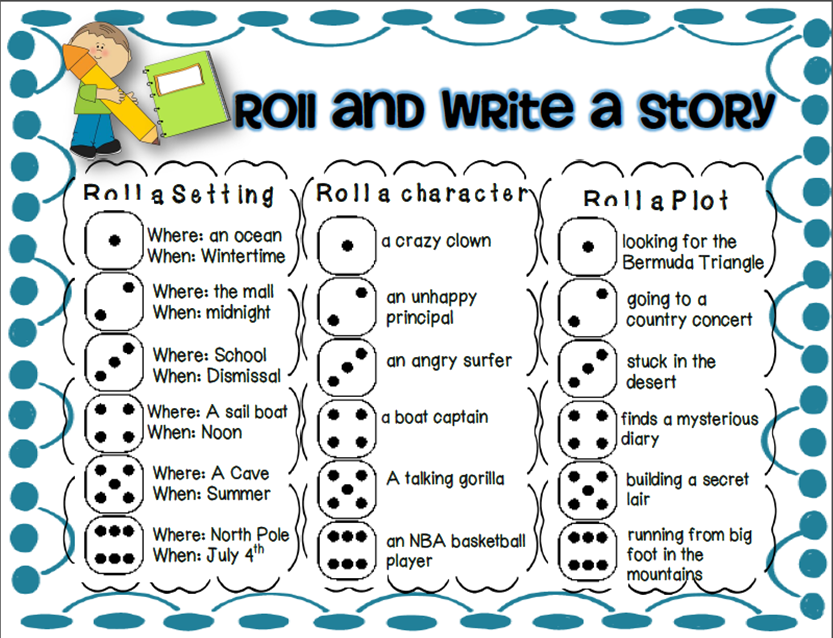 nine0003
nine0003
Cool story is always there. Inside the fate, your personal history, there is a rhyme somewhere: a meeting, an event that you just need to remember - and in your imagination the process of creating a story starts.
And even personal experience is not always needed. There are simple criteria for selecting and analyzing whether your topic is suitable for public appearance:
- the text should communicate something very important,
- non-trivial to explain important processes,
- to be keenly useful to the reader,
- substantiate a fresh pattern that concerns the reader and give it a name,
- tell the story of a bright hero.
The reader is waiting for you to take him out of the routine into an unknown world for a long time. So create this world in such a way that you want to stay in it.
3. Make a "good novel" checklist (from the book "Literary Marathon")
If you have a desire to create your own novel, the first thing to do would be to understand what "a good novel" means to you.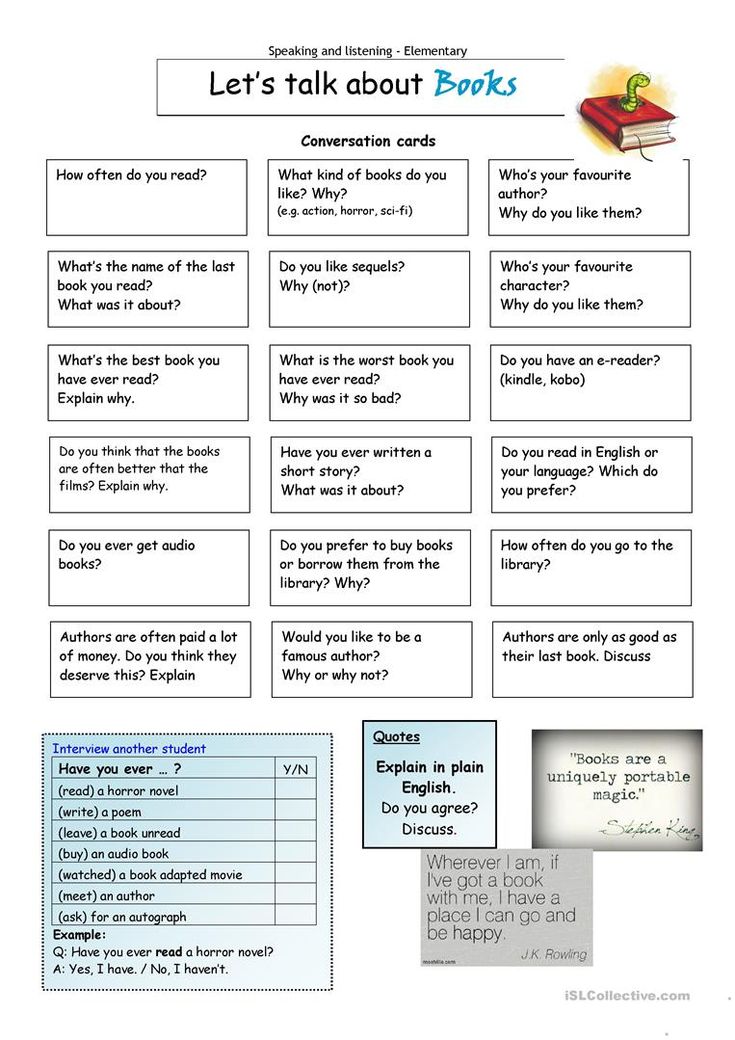 Answer this question in writing. nine0003
Answer this question in writing. nine0003
You can answer vaguely, or you can answer in great detail: first-person narration, superheroes, the Alps, massive invasions of evil elves.
Why is this list useful? The point is, if something is your reading preference, then you can probably excel as a writer as well. These language, color, and style choices resonate with you the most for some reason. These are things that you understand.
You can create such checklists for what you have to write most often - articles, reviews, reports. nine0003
4. Use hooks in text (from Living Text)
There are many ways to get started. Some work great in one book but don't work at all in another. You have to choose. Know how to choose.
For example, the False Prologue technique. Here the climactic scene is removed from the middle/end of the book and placed at the beginning.
So the reader immediately "tastes" the main and dramatic event of the whole story.nine0002 This technique is popular with directors: thanks to it, the film can be started with a tense, spectacular scene. Examples of books with "false prologue": Gabriel Garcia Marquez "One Hundred Years of Solitude", Stephenie Meyer "The Twilight Saga" (book 1), Emily Bronte "Wuthering Heights".
5. Use the board with cards (from Save the Cat!)
Screenwriter Blake Snyder's technique is a cork board and cards. Hang a large cork board on the wall, take cards with episodes, blocks, fragments of your future text (novel, article, report) and use pushpins to attach these cards to the board wherever you like. You can never part with cards at all. You put a pack of cards in your pocket, go to the nearest coffee shop, take out a pack and sit for hours shuffling your deck, laying out episodes, thinking about the sequence, looking for good and bad moments. nine0003
The whiteboard allows you to "see" the big picture before you even start writing.
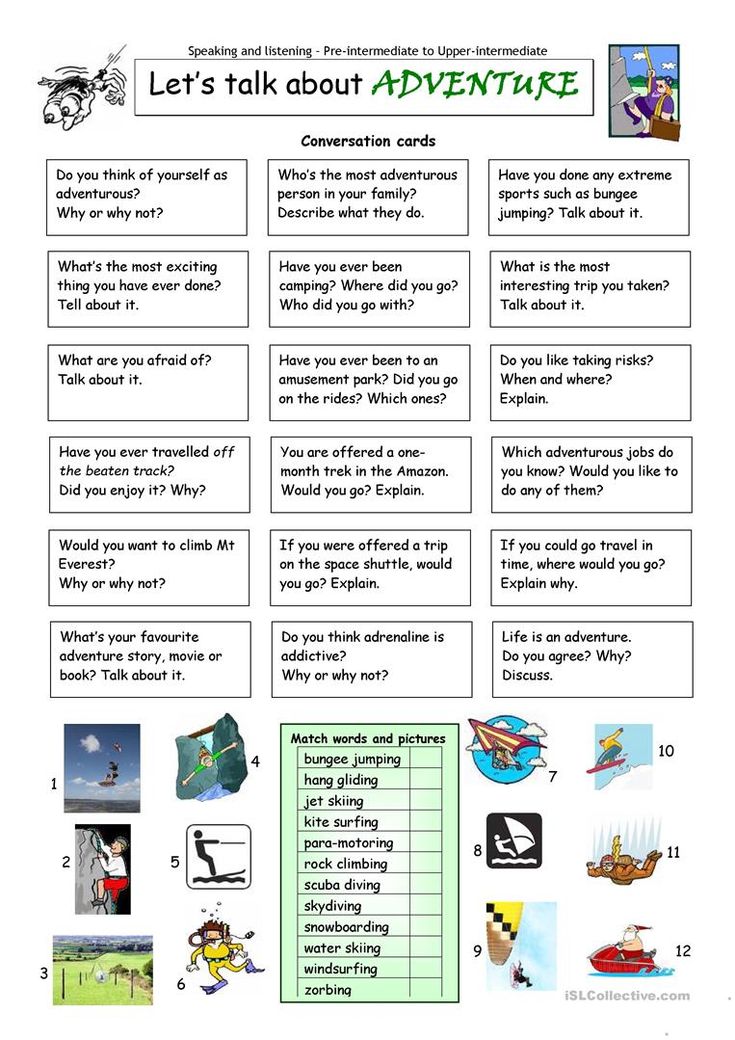
This is a good way to test the different twists, ideas, dialogues, and rhythm of the story and see how well they fit together. This is a way to render text with good structure. It's great!
6.
Don't write like you talk! (from How to Write Non-Fiction)
You need to write clearly, but you should not blindly copy all the elements of oral speech. If we accurately and literally transfer ordinary everyday conversations to paper, we will see how many repetitions there are, inserts like mmm and uh-huh, how often the interlocutors interrupt each other. nine0003
“Readers need clarity.
Written words come together and make sense in the mind of the reader. Try to mimic the tone of a personal conversation. So the reader will "hear" your voice, as if you are addressing him, only without the noise that accompanies oral communication.
7.
Read like a writer (from How to Become a Writer)
Many would-be writers are bookworms. However, the thought of looking at great books under a microscope often disgusts them. But once you learn how to read critically, you will enjoy a much more subtle pleasure than ordinary readers. nine0003
However, the thought of looking at great books under a microscope often disgusts them. But once you learn how to read critically, you will enjoy a much more subtle pleasure than ordinary readers. nine0003
Learn to go through the text at least twice. First just like that, and then with a pencil. Notice the rhythm, episodes and scenes, pay attention to words, phrases, stylistic devices.
Don't worry: you won't lose your love for books, quite the contrary. It is impossible to overestimate the benefits of analytical reading.
8. Show, don't tell (from the book "Literary Master Class")
Don't write "it was amazing", but make us say "amazing" after reading the passage. The fact is that all these words (terrifying, beautiful, disgusting, exquisite) tell the reader only one thing: “Do my job for me!” Clive Lewis advised. nine0003
Mark Twain taught the same thing: "Don't say, 'The old woman screamed.' Take her on stage and make her scream."
And one more remark on the same subject, from Chekhov:
... you will get a moonlit night if you write that a glass from a broken bottle flashed like a bright star on the mill dam ...
It is necessary to show, not tell, selecting bright, specific details.
9. Find visual aids (from How to Write a Movie in 21 Days)
Have you ever tried to tell someone about your terrible or, conversely, amazing experience, but could not find the words? It all ended with something like “I can’t explain this to you” or “If you were in my place, you would understand.” The thing is, first you need to re-ignite this feeling inside, and then find the right words to describe it.
Find an object that is related to some of your experiences, evokes feelings, such as a lucky coin or a rock from the beach. nine0016If this is a story about your grandfather, you can take his hat from an old chest. If you are writing a story about your grandmother, find the candlestick that belonged to her.
If you came up with your own story when you heard a song in a restaurant, take a napkin from that restaurant and listen to that tune again.
Help your feelings to reappear, find helpers for this. Maybe some color will ignite an emotion in you.
10. Ready. Attention. Word sprint! (from the book "Start to write")
This technique teaches you to write without waiting for inspiration. Pick a topic, set a timer for 5 or 10 minutes, and write. If there are problems with the topic, open any book on page 17 and find line 6. This will be your theme.
As time passes, it is important not to hesitate. Let your thoughts run like hounds. Write with a sense of urgency.
Jump over the taboos, illuminate every stray, lonely thought in your head and let it break free. nine0016Verbal sprint helps to turn off value judgment by entering the intuition stream to which high-speed writing is connected.
“Your newsletter is so cool, you don’t even have to buy a book” — say our subscribers.
Do you also want to learn about new books about creativity, writing, design? Then leave your mail, we will send you useful inspiring reviews.
Another 327 books on creativity
15 modern books for teenagers
What to read for teenagers
The transitional period is a difficult time when a child is looking for his place in the world, experiences a storm of emotions, observes changes in the body and grows up. Books that are interesting for teenagers are read in one gulp and provide answers to exciting life questions. This is a great chance to get acquainted with world literature in all its diversity.
Here are several categories of books for today's teenagers for different occasions. They are definitely worth reading to discover something new about love, friendship, success and achievement, studies and relationships with parents. nine0003
Books to help teenagers find friends
“Looking for friends” is a subjective concept. But probably, every teenager wants to have a reliable and faithful comrade nearby, with whom they can go through fire and water.
Here are three interesting books for teenagers that teach lessons about friendship and make you think - what is it really?
“The house in which…”, Mariam Petrosyan
The main characters of the novel are teenagers living in a boarding school. Among them there are leaders, outcasts, informals and those who try to be friends with everyone. They grow up, make friends and resolve conflicts. The book shows many difficult situations, and the author gently tells how to deal with them. The book will be of interest to teenagers over 12 years old. nine0003
Miracle by R. J. Palacio
A book about a fifth grader named August. He plays computer games, loves his dog, watches Star Wars. That's just because of a rare genetic disease, he underwent 27 operations on his face. This book is about humor, true friendship, kindness and accepting yourself for who you are. The most successful age for reading is after 14 years, but earlier is possible.
"Yanka", Tamara Mikheeva
The parents of the main character Yana divorced, she and her mother moved to a city on the seashore.
Now a fifteen-year-old girl needs to overcome her resentment towards her father, find new friends and understand what she wants to do. The novel will help you understand your feelings together with the heroine, teach you how to build relationships with people, and will also be an excellent reading during the holidays for teenagers over 16 years old. nine0003
Books that will help you survive your first love
Butterflies in your stomach for the first time - exciting, scary and joyful. Books will help to cope with the surging wave of feelings - in the text a teenager will be able to find himself, understand that this is normal, and draw conclusions. And reading books about first love is incredibly exciting - you easily associate yourself with the characters. Here is a list of three popular teen books on the subject.
<
> The True Story of Federico Rafinelli, Anton Soya
A "creepy" tale of love between the clown Federico and the beautiful Nadira will appeal to all teenagers over 12 years old.
A story about how to keep a real feeling amidst cruelty and fear. The relationship between Federico and Nadira proves that you need to look into the essence of things, see the good in people and believe that friendship and love will save the world.
The Fault in Our Stars, John Green
The story of two lovers, Hazel and Augustus. Their love goes through many trials. Together they battle the cancer that has afflicted them both. The guys support each other and try to catch the remaining time. Despite the fact that the heroes of the novel are sixteen and seventeen years old, younger teenagers will also like the book. nine0003
The Freshman, Victoria Lederman
The love story of seventeen-year-old Sasha Tyulkina is an excellent example of a modern book about teenagers. The heroine is trying with all her might to win the favor of a loved one. If you are in high school, you will most likely recognize yourself in it and get valuable tips on how to get out of awkward situations with humor.
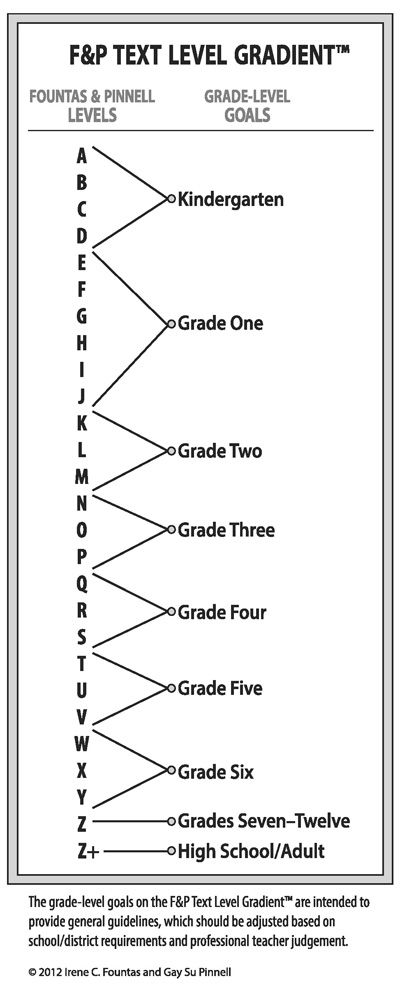
Books to help teenagers love learning
During the transition period, learning can be difficult. A teenager already has to cope with a ton of new sensations and emotions, experience ups and downs - what lessons are there. But even here modern literature for teenagers comes to the rescue, which does not teach and does not read notations, but gently talks about the fact that studying can also be cool. nine0003
“I want to go to school!” Evgenia Pasternak and Andrei Zhvalevsky
A story about a fictional alternative school. In it, children do not sit at the lessons and do not memorize the rules. They do interesting projects together with friends of different ages. But not everything is so simple - they threaten to close the school, and the children will have to study in a regular one. Will they be able to get used to new circumstances and at the same time maintain a love of knowledge? The reader will have to find the answer to this question. The book is suitable for all lovers of learning over 12 years old.
nine0003
Multicolored Snow, Natalia Volkova
This book is like a fascinating cognitive quest through history. Great bedtime reading for teens over 14. The main characters are the guys from the literary circle, where they constantly receive strange tasks. One of them is to find out if Anton Petrovich Startsev, known in the city since the war, was a traitor. A whole historical investigation is unfolding, which should help restore justice. Surprisingly, this helps the characters also understand themselves. nine0003
"School in Carmarthen", Anna Korosteleva
This book tells about a magical school in Carmarthen, inhabited by ordinary people and mythological characters. Becoming her student is simple: you only need to find Director Merlin after the age of 16 and pass his exam. At the same time, it is not necessary to already be with some abilities - magic will be taught there. And besides it - chemistry, physics, medicine and other important sciences. The students of the Merlin school are so positive and active, they study everything with such pleasure that they can infect anyone with their craving for knowledge.
This book is a must read for teenagers. nine0003
Books to help teenagers succeed
In today's youth culture, there is an opinion that success, fame and money come instantly. This inspires false illusions in receptive teenagers. Here is a list of three teen books that tell you that there can be difficulties on the way to your dreams - but they can be overcome.
“Rule 69 for the fat seagull”, Daria Vardenburg
The protagonist of the book is a modern thirteen-year-old teenager Jakob Becker, who dreams of sailing around the world on a yacht. He enrolls in the section and begins to work hard. At first there is no practice - only rules. The championship looms ahead, and Jacob has stuttering, shyness and problems in the family. This book will tell teenagers about how to achieve their dreams no matter what and cope with difficulties. nine0003
“First job”, Yulia Kuznetsova
The heroine of the book, a teenager Masha, dreams of leaving for an internship in Barcelona.
But parents think it's too expensive. But they offer the girl another option - to work as a Spanish tutor for the six-year-old spoiled Dasha. While Masha is studying with the girl, she discovers many new things for herself, trains her language, and most importantly, she goes to her dream.
"Peak" by Roland Smith
An inspiring story about fourteen-year-old Peak who loves heights. One day, his father invites him to climb Everest, to become the youngest conqueror of this mighty peak. On the way, the boy will face various difficulties: illness, terrible weather, severe fear, fatigue and others. But all this will temper him and help him understand himself. nine0003
Books to help build relationships with parents
At puberty, children often have misunderstandings with their parents. It seems that adults do not understand you at all. I want to separate and be completely independent, although it is still early. The following books will help teens get along with mom and dad.

<
